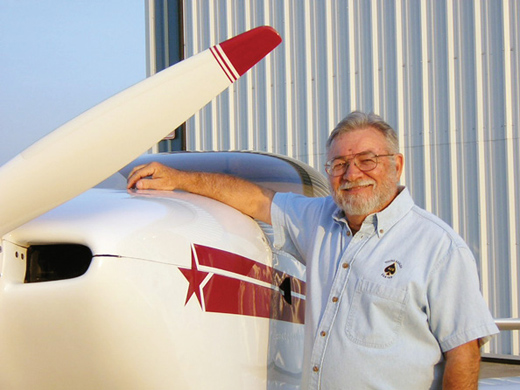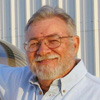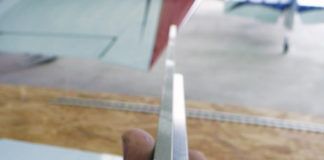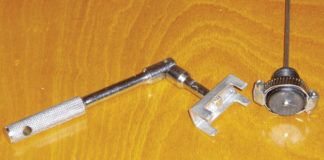
Question: A friend and I are putting together an Experimental aircraft from many aircraft parts we have collected over the years. The fuselage and control surfaces come from three partially completed Seawind kits. I believe the Lycoming engine and Aero Composite prop are certified. What forms or paperwork must I file with the FAA to let them know that this project is underway?
Answer: You will need to be able to prove that the items from the partially completed kits were indeed amateur-built. Engine and prop do not count against the 51% rule.
You will need to complete and submit the checklist found in AC 20-27G, Appendix 8 to help show amateur-built compliance. No other paperwork is required unless your inspector requests further 51% proof.
I just went through this for a Pitts S1S. The builder was claiming amateur-built percentages in the 90s. It took several days of research to prove amateur-built status. The final tally ended up in the lower 60s. Yes the aircraft qualified, but he had to do a lot of research to prove that the parts from other aircraft were indeed amateur-built. By the way, this particular aircraft had already been denied by another FAA inspector.
It would be good, and possibly save you a lot of heartache, if you contacted your inspector now and discussed the situation. Be careful.
Question: I’ve seen quite a number of Experimental aircraft with the N-number under the horizontal stabilizer. Don’t the FARs prohibit this? If so, how do these planes pass the airworthiness inspection?
Answer: You are correct that FAR part 45.25(b)(2) covers this placement. It states that markings must be displayed horizontally on both sides of the fuselage between the trailing edge of the wing and the leading edge of the horizontal stabilizer.
Notice that this is the placement requirement if marks are on the fuselage. An alternate placement may be on the vertical tail surfaces. So, if you place the marks on the rudder, there is nothing that says that they cannot be under the elevator.
As far as the airworthiness inspector missing this, the most common reason is that many times the airworthiness inspection occurs before the aircraft is painted. The aircraft owner may place the numbers inappropriately during painting. Although this does not make the numbers legal, the inspector has no control after certification.
Question: My dad and I built a Searey amphibian taildragger, and my dad is the registered owner. Can a taildragger-endorsed pilot or instructor fly/teach in this plane for land-only operations without having the amphibian endorsement? Also, is there a legal way for me to pay an instructor for training while flying in my dad’s plane? Would that violate the for-hire regulations?
Answer: Unfortunately if the aircraft is capable of landing on water, the pilot must have a seaplane rating to fly it. Otherwise it would be similar to a single-engine pilot getting into a twin and promising to use only one engine.
You may pay an instructor for instruction in your dad’s airplane as long as there are no charges for the aircraft itself. But be aware, the instructor must be Single-Engine Sea (SES) rated.
Please send your questions for DAR Asberry to [email protected] with “Ask the DAR” in the subject line.

![]()
Mel Asberry is an experienced Designated Airworthiness Representative specializing in Experimental/Amateur-Built aircraft. He and his wife, Ann, have built seven amateur-built airplanes including two ultralight types, a Moni Motorglider, a Dragonfly Mk2, two RV-6s and a Zenair CH 601HDS. They are currently building a scratch-built biplane.









